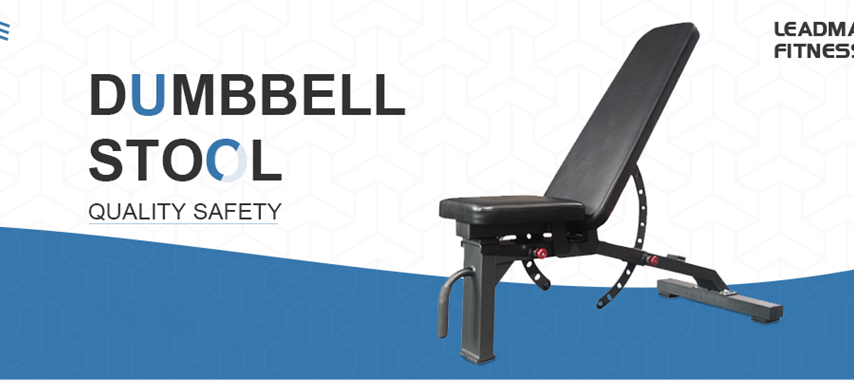Since they provide people with a practical approach to improve their bodies, dumbbells have long been a vital part of the fitness sector.
Dumbbell quality, design, and usefulness have all improved because of major advancements in manufacturing processes over time. This article compares conventional and contemporary approaches to examine the historical development of dumbbell production techniques. We will review the present trends and potential outcomes of dumbbell manufacturing techniques as well as the advantages and disadvantages of each strategy.
Overview of the Historical Development of Dumbbell Manufacturing Techniques
The manufacturing of dumbbells dates back centuries, with early variations consisting of simple metal or stone weights. As time progressed, new techniques emerged to shape and refine these fitness equipment supplier tools. Traditional manufacturing methods involved processes such as casting, forging, and manual finishing. These methods required skilled craftsmen to create dumbbells from raw materials, resulting in unique and sometimes ornate designs.
With the advent of industrialization, the manufacturing of dumbbells underwent significant changes. Mass production techniques were introduced, enabling the production of standardized dumbbells in large quantities. These methods involved the use of moulds, automated machinery, and assembly lines. As the fitness industry expanded, the demand for dumbbells increased, prompting dumbbell factory to explore more efficient manufacturing methods.
Comparison between Traditional and Modern Manufacturing Methods
1. Traditional Manufacturing Methods:
Manual labour was a major component of traditional manufacturing methods. Dumbbells were created by skilled professionals through the casting, forging, and finishing procedures from raw materials like metal or stone. Since each dumbbell was made by hand, these techniques allowed for elaborate patterns and individualised choices. Traditional techniques, however, had a limited capacity for manufacturing and required a lot of time and labour.
2. Modern Manufacturing Techniques:
The production of dumbbells has undergone a revolution thanks to modern manufacturing techniques. Manufacturing has been expedited by automated procedures, equipment, and cutting-edge technologies, allowing for mass production with reliable quality and effectiveness. Die casting, fine machining, and computer-aided design and manufacturing (CAD/CAM) are examples of contemporary approaches. These techniques enable quicker production, more exact tolerances, and larger output levels.
Examination of the Benefits and Drawbacks of Each Approach
Traditional Manufacturing Techniques: Advantages
– Customization: Using conventional techniques, it is possible to make unique, personalized dumbbells that are catered to particular needs.
– Craftsmanship: Expert craftspeople can produce elaborate patterns and accents that give the dumbbells aesthetic appeal.
– Artistic Appeal: Due to their craftsmanship and design, traditional dumbbells frequently have a certain allure and historical relevance.
Drawbacks:
– Time and Cost: Traditional processes need a lot of time and labour, which drives up the cost of production.
– Limited Scalability: It is difficult to meet the rising demand for dumbbells because traditional processes are manual in nature.
– Inconsistencies: Handmade dumbbells may have minute differences in weight, balance, or finish. These variances might impair user experience and safety.
2. Modern Manufacturing Methods:
Benefits:
Speed and Efficiency: Contemporary production techniques provide shorter lead times and more effective market demand fulfilment.
– Consistency and Accuracy: Automated procedures guarantee that every dumbbell produced is the same weight, size, and quality.
Dumbbells are more reasonably priced for consumers thanks to mass production techniques’ reduced production costs.
Drawbacks:-
Limited Customization: While modern methods offer some customization options, the level of personalization may be restricted compared to traditional methods.
– Design Constraints: Automated processes may limit the complexity or uniqueness of designs, resulting in standardized appearances.








